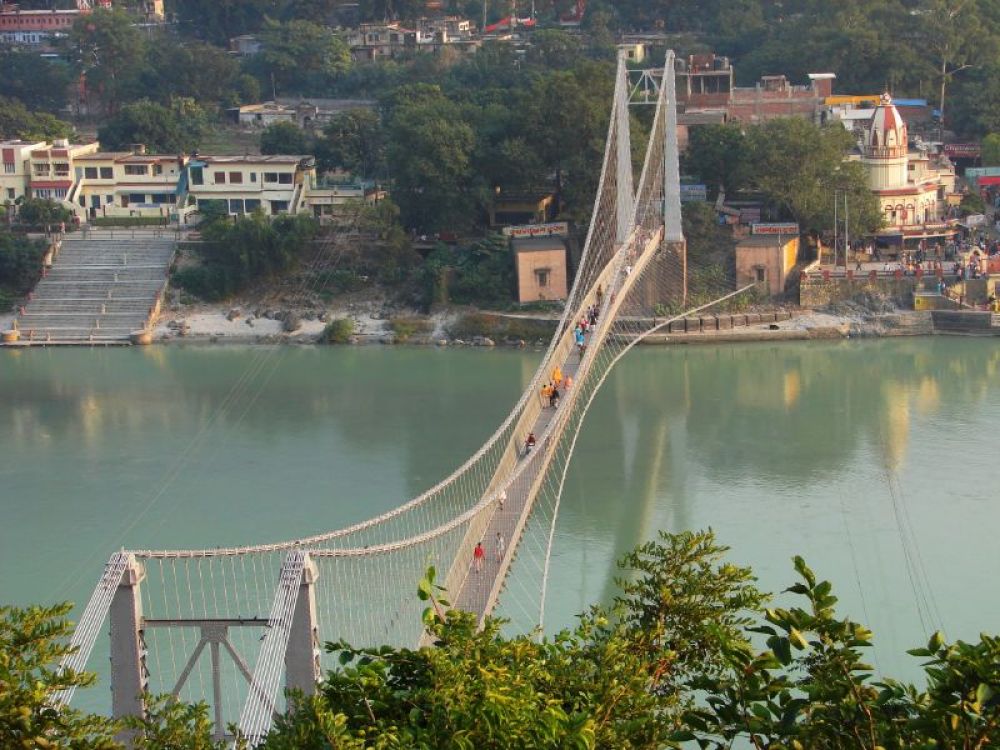

Rishikesh, with its spiritual aura and picturesque setting in the foothills of the Himalayas, attracts visitors year-round. However, the best time to visit Ram Jhula, one of Rishikesh's iconic landmarks, is from early September to November and then from February to April. During these months, the weather is pleasant with minimal rainfall. The temperatures range from 20°C to 30°C, which is within a comfortable range for exploring and engaging in outdoor activities like yoga and meditation by the Ganges river. The clearer skies and moderate climate ensure that visitors can enjoy walking across the suspension bridge and soaking up the tranquil atmosphere without the discomfort of extreme temperatures.
The months of May and June can be quite hot with temperatures soaring above 35°C, which might not be ideal for tourists not accustomed to the Indian summer heat. Monsoon season, which typically spans from late June to August, brings heavy rains and can lead to disruptions due to flooding; hence, it might be wise to avoid planning a visit during this period. Winter, on the other hand, from December to February, can get quite chilly, especially in the evenings, with temperatures dropping below 10°C. While the winter season can still be a good time to visit for those who enjoy cooler weather, it's advisable to carry warm clothing. Remember that the onset of spring in February marks the transition to a more pleasant climate, making it a prime time for visiting Ram Jhula.